Latest
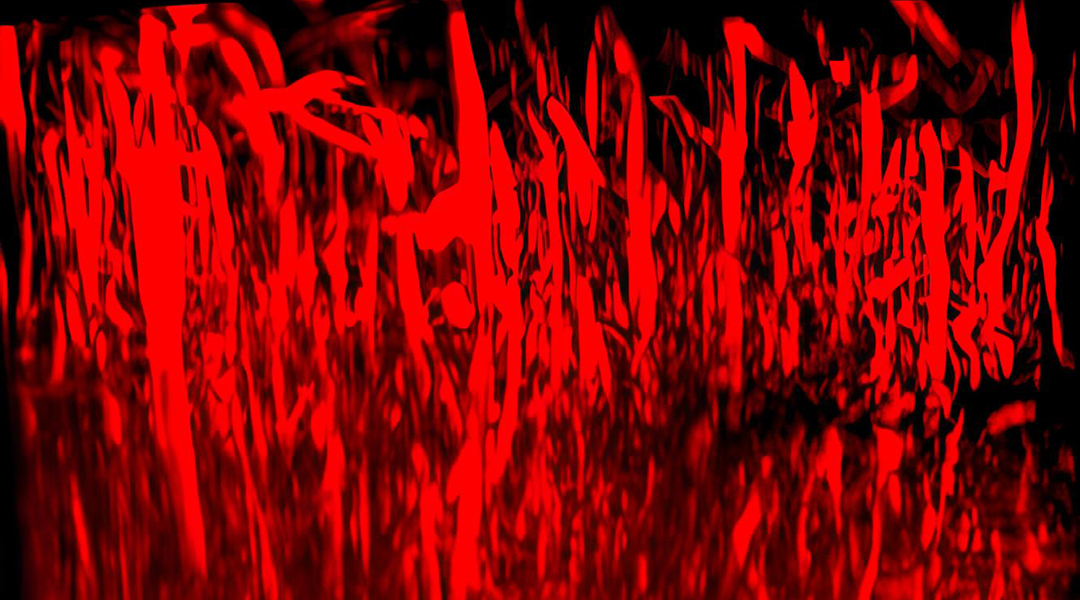
Injectable hydrogel helps regrow blood vessels after a stroke
A hydrogel delivers therapeutic molecules to the brain after a stroke, promoting blood vessel regrowth and aiding recovery.

Metasurfaces could shrink spectrometers, transforming how we observe the Universe
Metasurfaces to detect terahertz radiation are making spectrometers smaller, lighter, and more efficient for space travel.
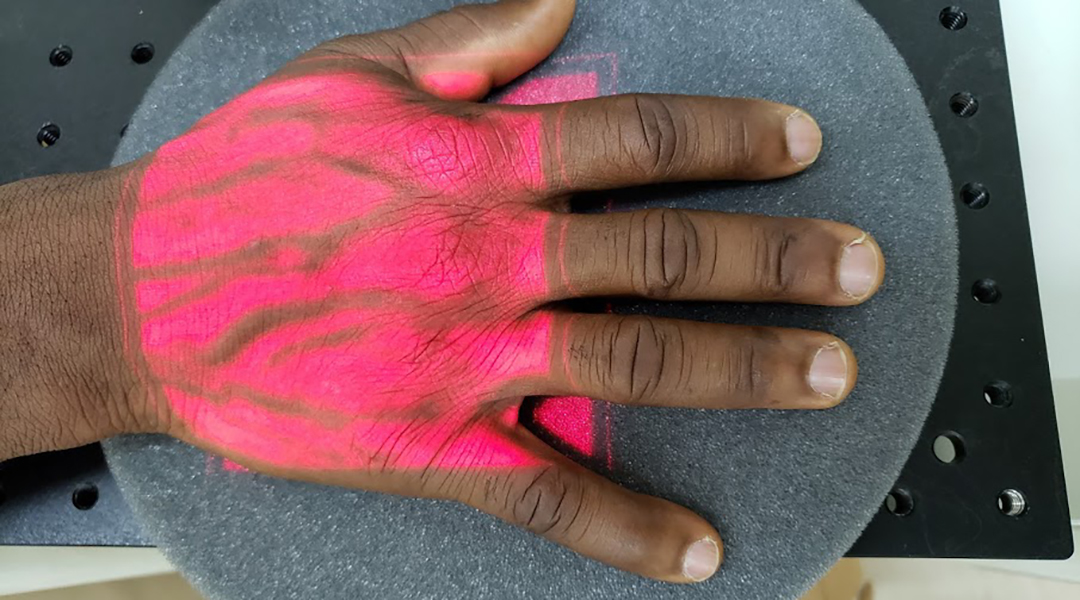
New malaria test “listens” to cells to make diagnosis
A non-invasive test uses a combination of lasers and ultrasound to detect red blood cells infected with malaria parasites with acoustics.

Black hole images deliver a deathblow to alternative theory of gravity
Images of the supermassive black holes wouldn’t have been possible if mimetic gravity was the right recipe for gravity.

Constantly touching our faces linked to memory and facial hair density
People all over the world touch their faces up to 800 times per day—researchers wanted to know why.

Gliese 12 b: An exo-Venus with Earth-like temperatures
Orbiting a cool, red dwarf star, Gliese 12 b offers insight into atmosphere retention near stars, sparking new questions about habitability.
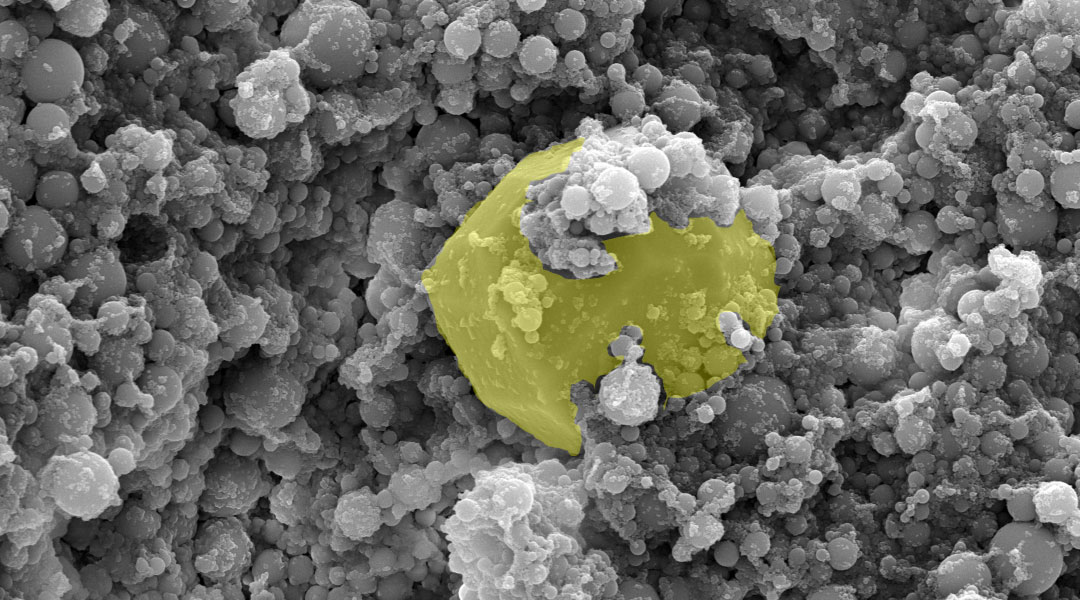
Cool colors, cooler cities: New coating offers solution for urban heat islands
A new approach to radiative cooling blends practicality with aesthetics, advancing this crucial technology for a warming world.
ASN Weekly
Sign up for our weekly newsletter and receive the latest science news directly to your inbox.
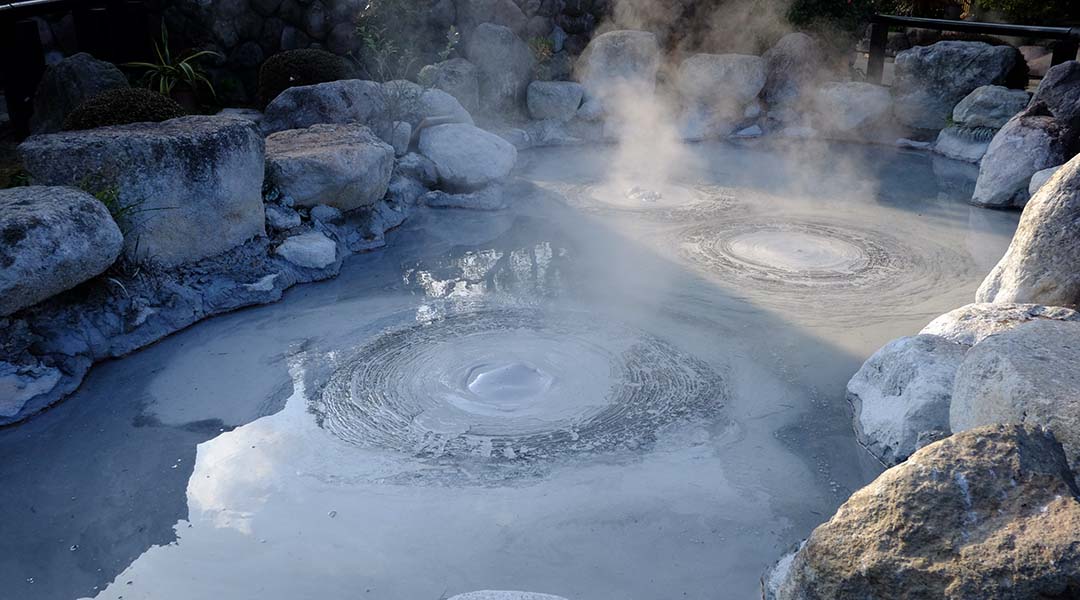
Uncovering hidden reserves of natural hydrogen
Recent discoveries have unearthed a bonanza of natural hydrogen in significantly larger quantities than was previously thought possible.
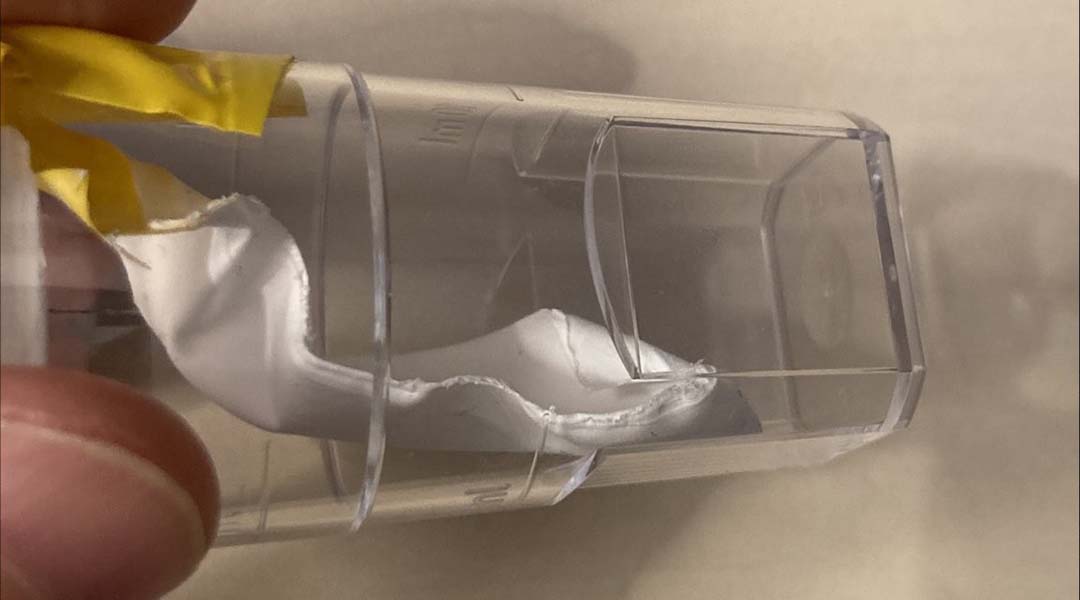
Weaving a new flexible energy harvesting technique for wearable tech
A new triboelectric laminate can convert movement to electricity 400 times more efficiently in wearable and implantable technologies.

Crawling Earthworm robots get a soft polymer boost
The replacement of rigid parts could help robots more closely mimic the humble worm to help them squeeze into tight spots.
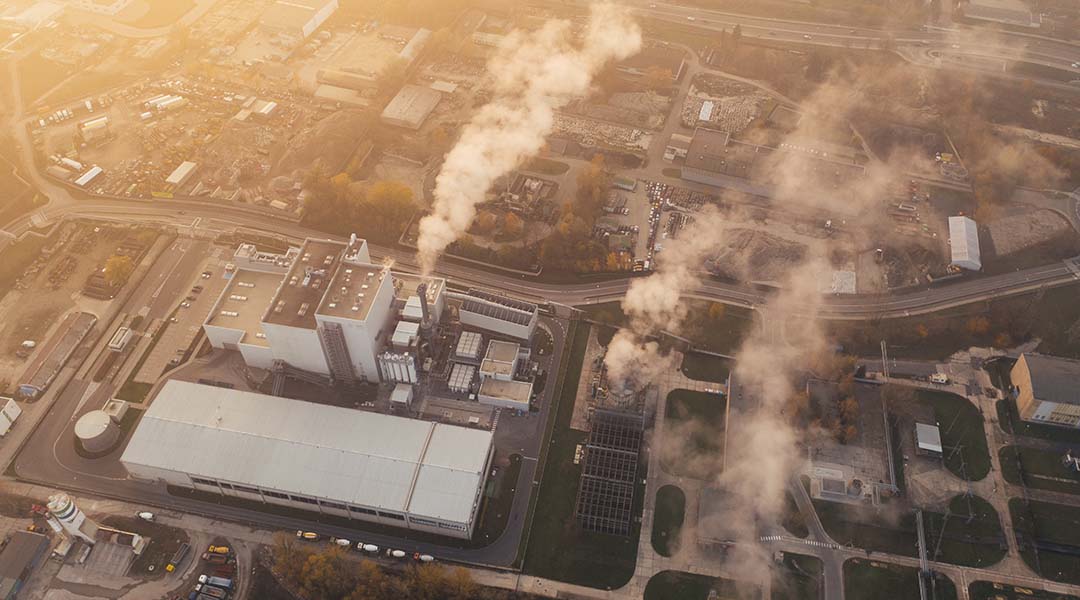
Carbon pricing is not at odds with environmental justice
Carbon pricing has been highly criticized, but designing policies to address concerns can yield outcomes that are effective and equitable.

Could black holes be dark energy?
Astronomers looking at how black holes grow over time may have found the answer to one of the biggest problems in cosmology.
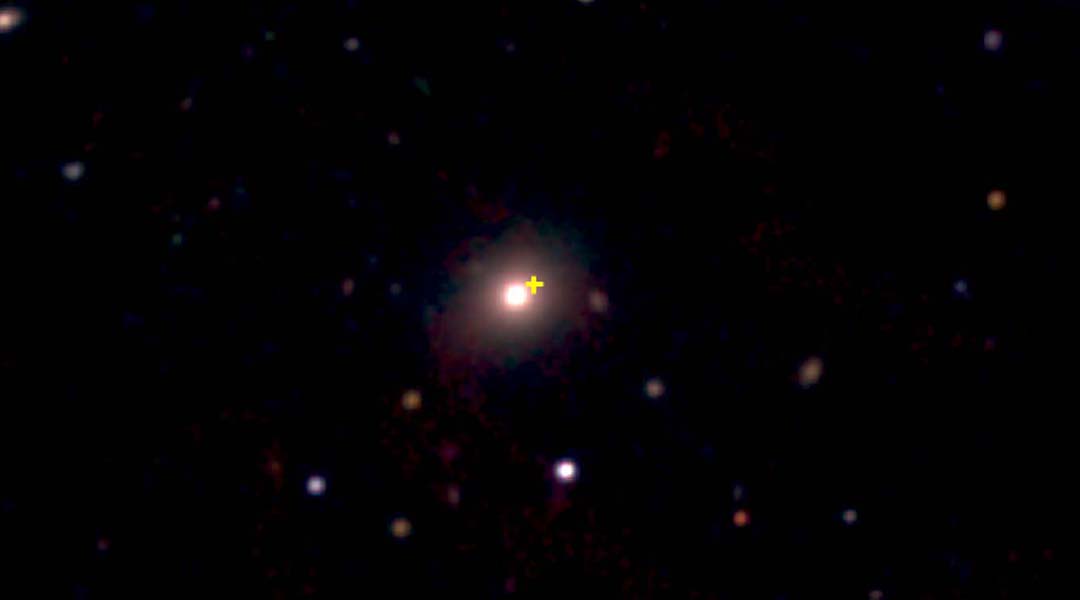
Cosmic explosion is one of the most powerful and rapid blasts ever seen by astronomers
The rare but extreme blast that outshone most supernovas originated two billion light years away and has been classed as a “Luminous Fast Cooler”.

Spinning sound waves that move matter
Using a specialized design approach, scientists create acoustic waves that behave as twisted, ultrasonic motors capable of rotating particles in space.

Astronomers observe a galaxy’s magnetic field in the very early Universe
The galaxy 9io9 is seen as it was when the cosmos was just 2.5 billion years old, making this the earliest galactic magnetic field ever observed.
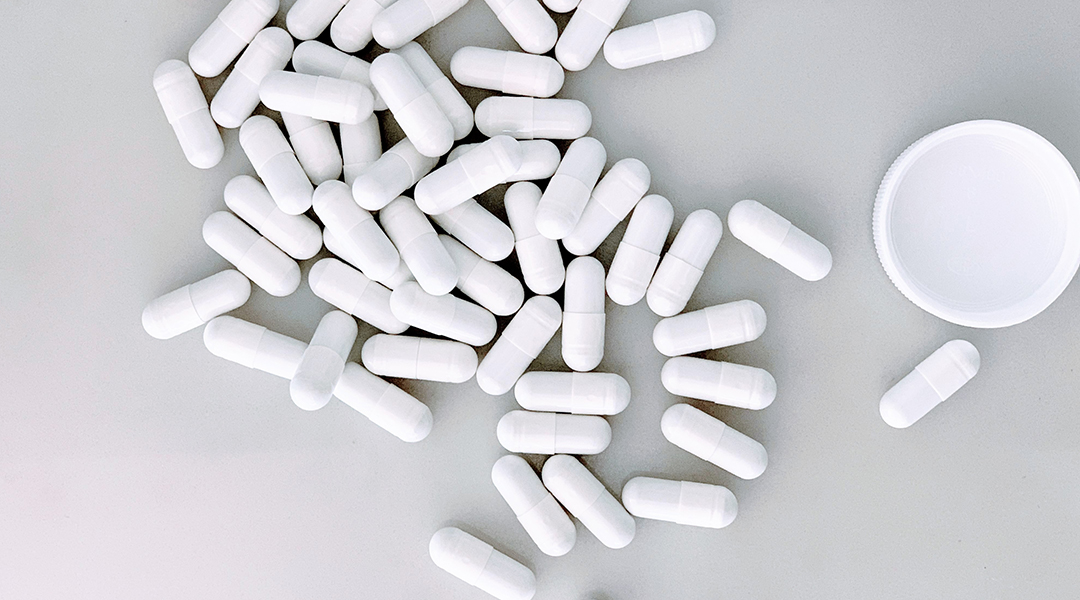
No more needles, an oral insulin medication could be on the horizon
A self-assembling helix formed from nateglinide, a complementary diabetes treatment, provides a protective coating that could open the door to an oral insulin medication.
No Results Found
The page you requested could not be found. Try refining your search, or use the navigation above to locate the post.
No Results Found
The page you requested could not be found. Try refining your search, or use the navigation above to locate the post.
No Results Found
The page you requested could not be found. Try refining your search, or use the navigation above to locate the post.
No Results Found
The page you requested could not be found. Try refining your search, or use the navigation above to locate the post.
No Results Found
The page you requested could not be found. Try refining your search, or use the navigation above to locate the post.
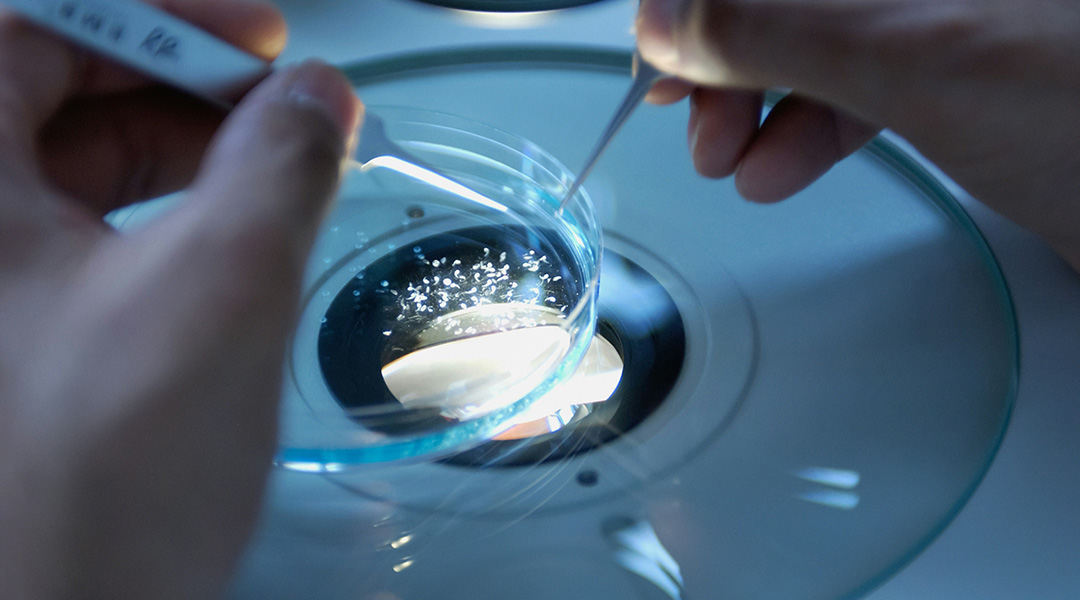
Breakthrough in bacterial identification allows scientists to ID 35 new strains
The new protocol identified microbes that standard techniques alone couldn’t, uncovering previously unknown bacterial strains in the process.
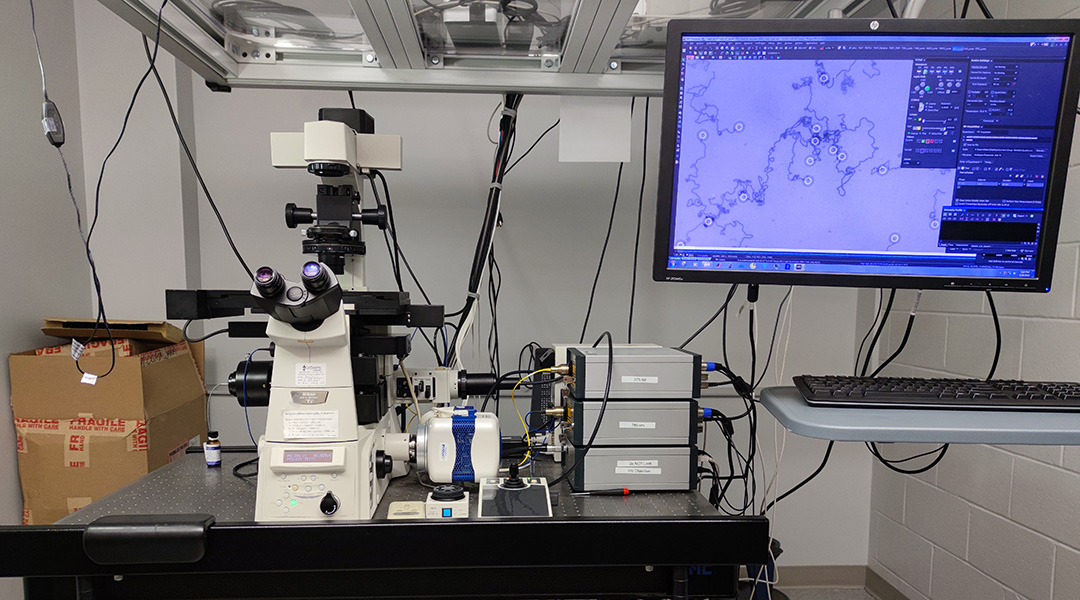
Scientists harness DNA nanomotors to build better viral tests
Scientists achieve threefold speed boost for DNA nanomotors and applied them to breakthrough virus detection for SARS-CoV-2 and RSV tests.
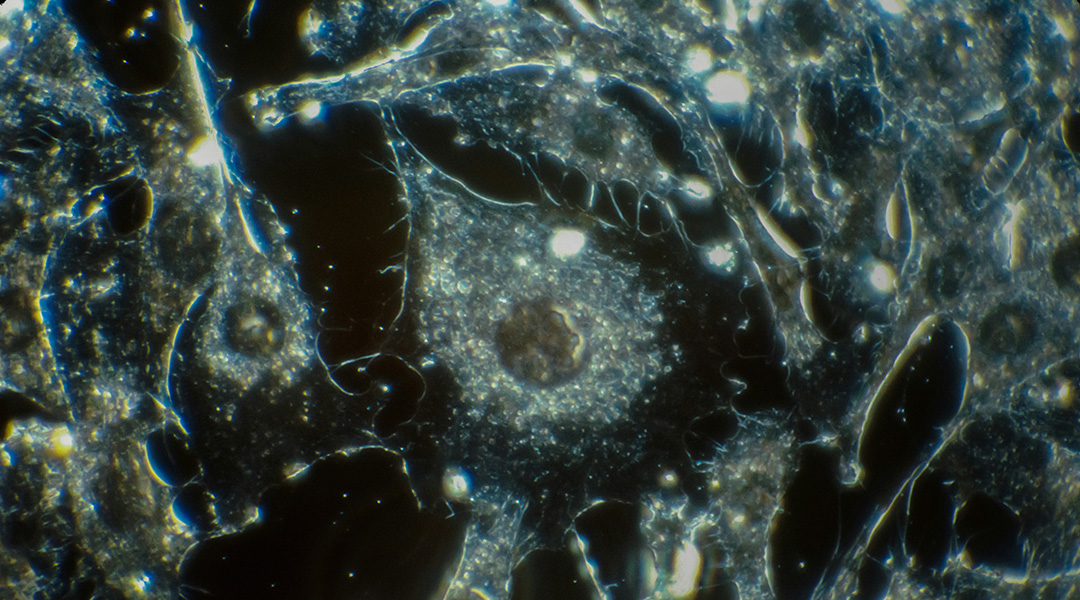
Killing cancer cells with a molecular jackhammer
Mechanical therapy physically breaks down cancer cells and could help overcome the problem of treatment resistance.

New study reveals surprising impact of screen time on the developing brain
Researchers have found a trade-off with screen time and the cognition, behavior, and brains volume of adolescent and young children.
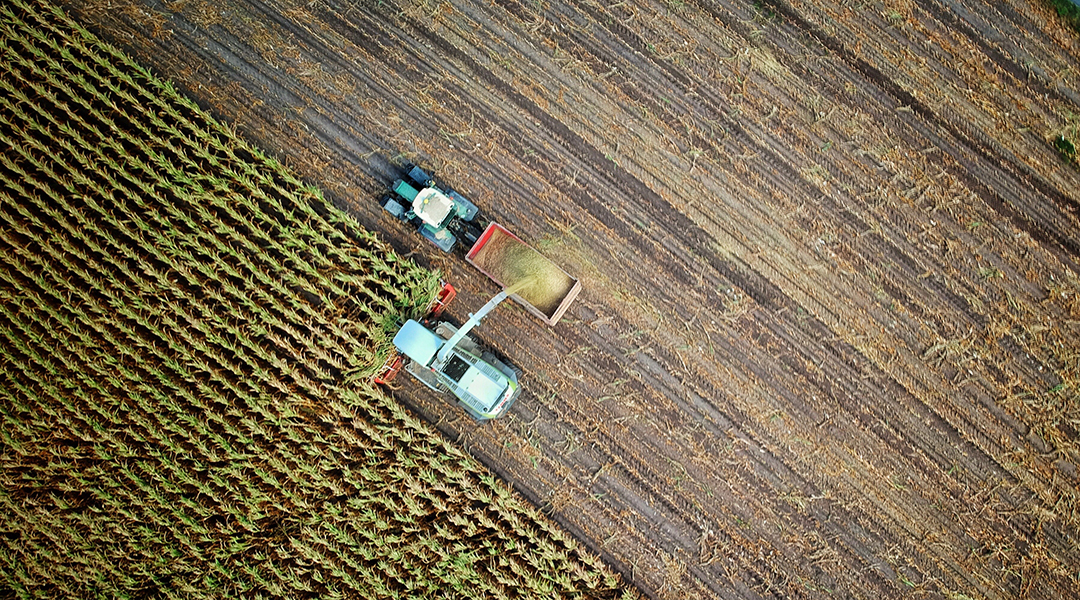
How Internet of Things could help stave off a food crisis
With innovations in biosensors, Internet of Things, and machine learning, a collective effort could offer a way to overcome an impending shortage.
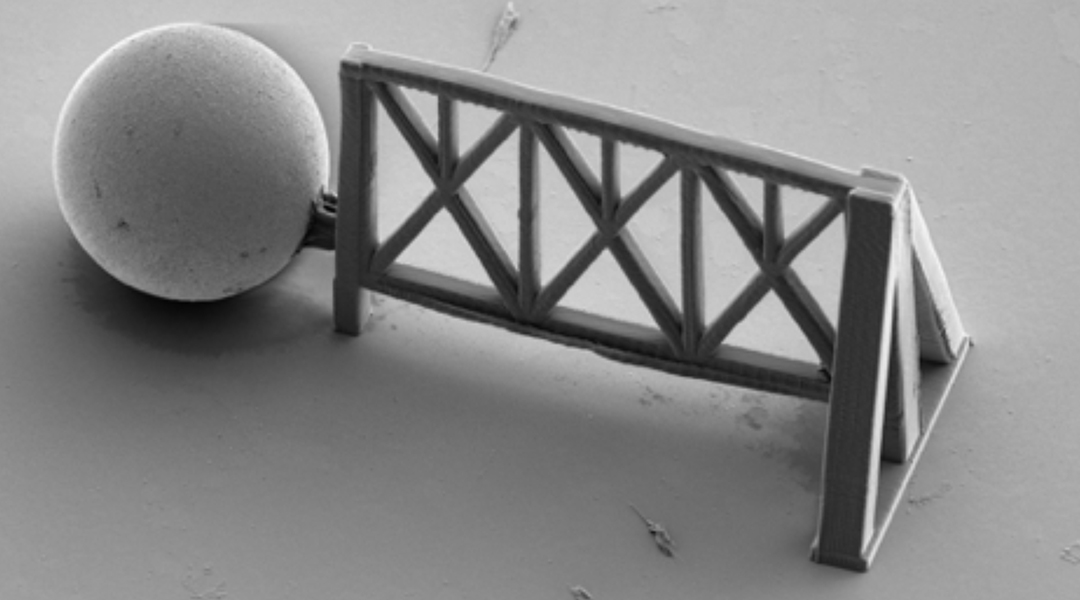
3D printing mimics human tissue for breakthrough discoveries
Scientists employ cutting-edge 3D printing to recreate human-like tissue, promising a breakthrough in cellular research and potential insights into aging and disease.
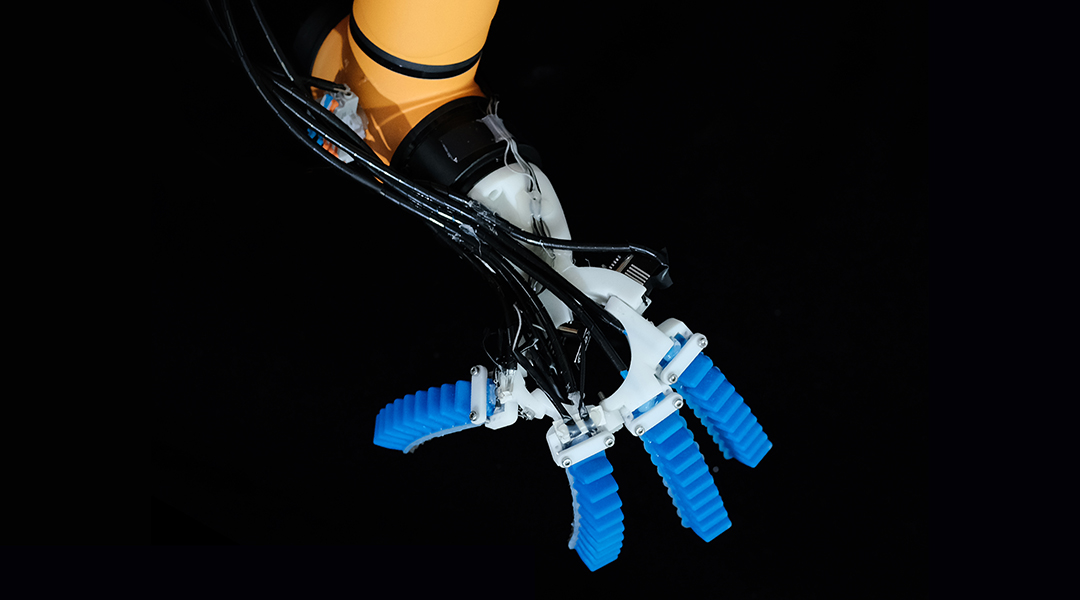
A new soft sensor gives robots the power to see, feel, and make decisions
Groundbreaking soft sensors enable robots to both see and feel, paving the way for robots that can autonomously interact with and understand their environment.

Harnessing entanglement and curved spacetime to make quantum radar a reality
Scientists investigate the synergy of entanglement and curved spacetime in advancing quantum radar technology for precise distance measurement.
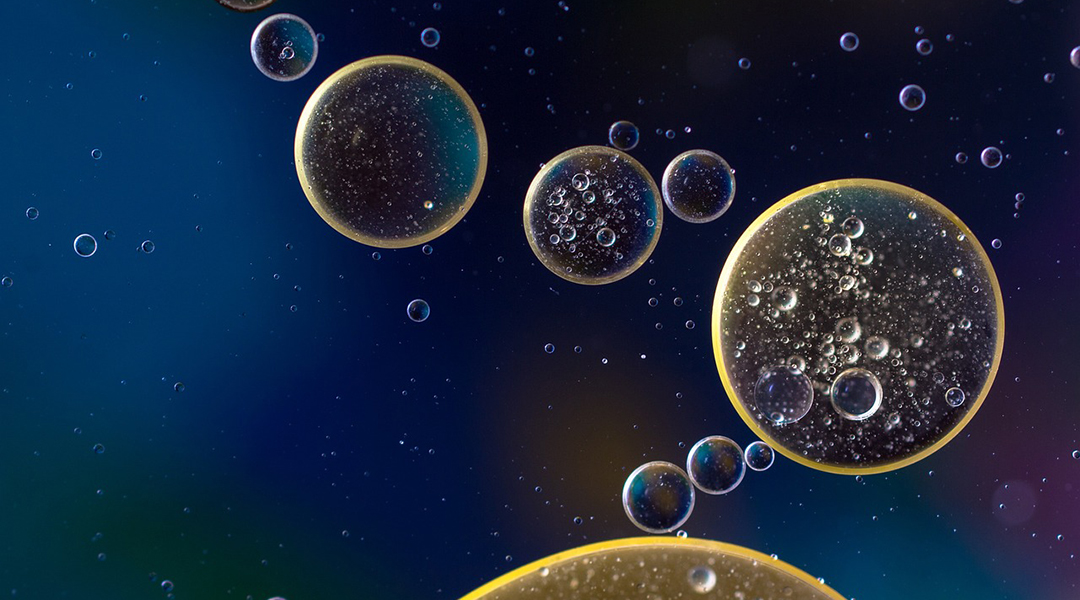
New tech captures carbon dioxide and produces green hydrogen from seawater
A clever ocean-based device pulls and permanently sequesters carbon dioxide from the atmosphere, generating green hydrogen in the process.
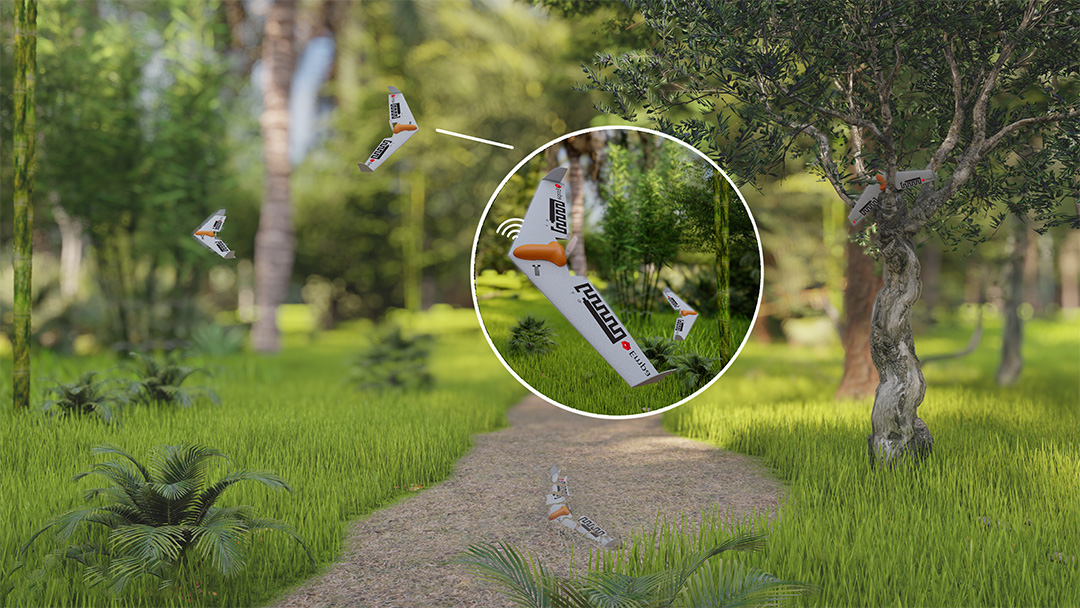
A biodegradable drone for environmental monitoring
The forest floor should be able to make a meal out of this new drone made of almost completely from biodegradable parts.

How sunflower pollen protects bees from pathogens
Planting sunflowers in pollinator habitats can boost bee health by providing them with pollen that protects against intestinal pathogens.

Earth Day 2023: How do we invest in our planet?
A list of articles showcasing innovative individuals and technologies working to build a sustainable economy that protects our planet.

Unbreakable communications using the power of quantum cryptography
Quantum key distribution is the only way to ensure an absolutely secured connection protected by the laws of quantum physics.

Pulsars and giant black holes open new doors in cosmic archaeology
A 15-year study using observed radio signals from the 67 pulsars has concluded that the entire cosmos is filled with undulating gravitational waves.
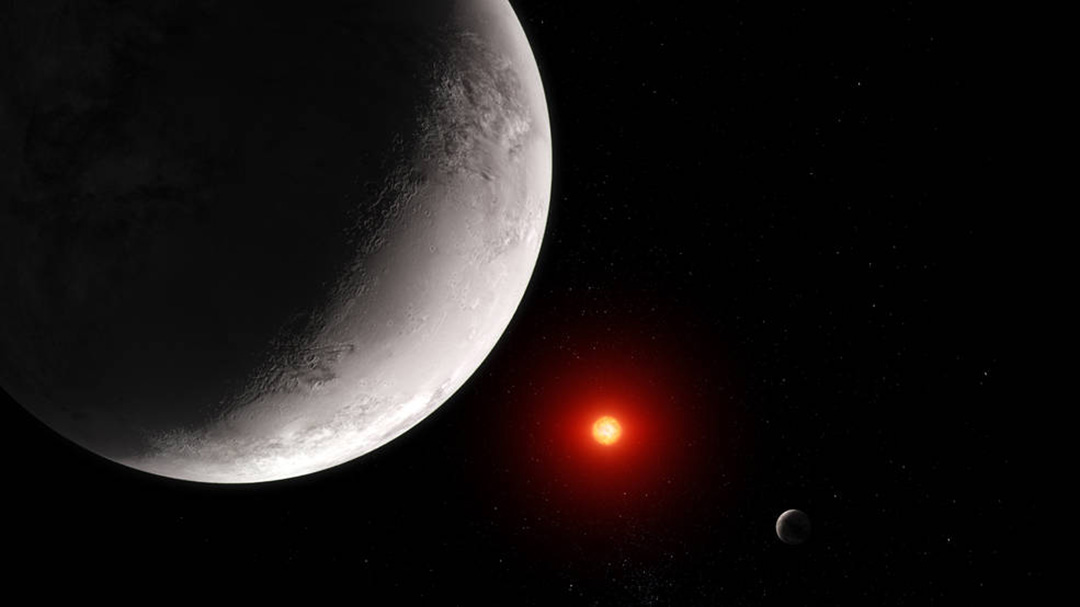
Lack of thick atmosphere for Trappist 1c shows JWST is ready to hunt for signs of life
Recent investigations of this rocky exoplanet signify a significant milestone in planetary science and for the James Webb Space Telescope.

An isolated blob unveils secrets of turbulence
Turbulence is hard to control, but a turbulent blob created using vortex rings provides fundamental insights into this elusive state of matter.



